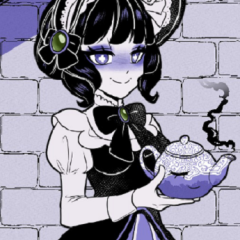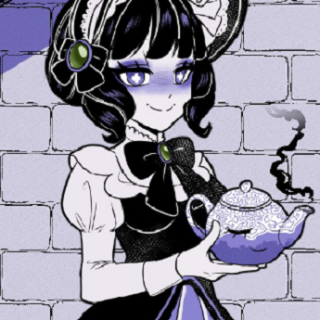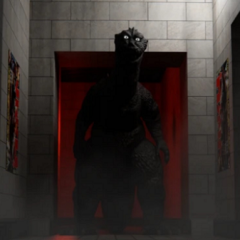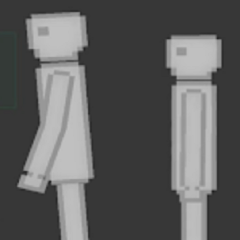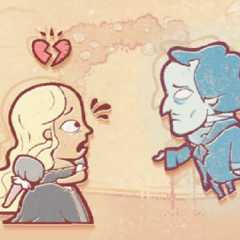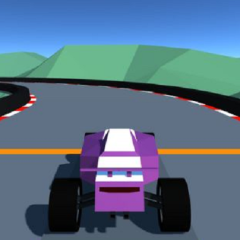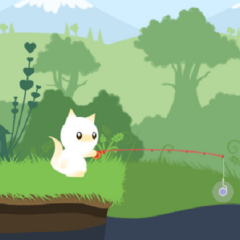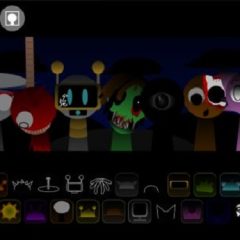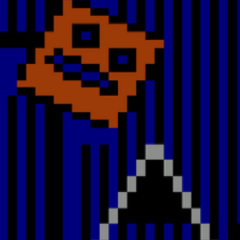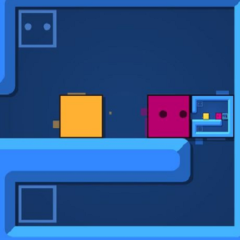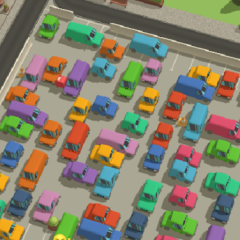Anomalous Coffee Machine takes place in a closed environment containing a single object of focus — a coffee dispenser that responds to written input. The player’s role is limited to observation and experimentation. There is no movement or dialogue, only a console that accepts text. Each typed word is processed as a command, resulting in the creation of a cup of coffee. What happens afterward depends on the word entered. The design removes all conventional gameplay elements, leaving the player to discover meaning through the act of typing and observing outcomes.
Gameplay Loop and Functional Design
The game follows a minimal yet structured sequence of interaction. Each cycle consists of input, reaction, and reflection.
The loop includes:
· Entering any chosen word or phrase into the machine’s interface.
· Watching as the machine produces a response — a drink or descriptive result.
· Recording or comparing the outcome to previous attempts.
The process repeats without instruction or limitation. No objective is assigned; discovery becomes the only motivation. The player’s input defines the scope of the experience, making every session unique.
Reaction System and Discovery Process
Anomalous Coffee Machine relies on uncertainty as a primary design tool. The system does not reveal its internal rules, but repeated interactions begin to expose subtle consistencies. Some words generate predictable results, while others cause unexpected effects. The player gradually forms assumptions about the machine’s behavior, testing and refining them through trial and error. There is no correct sequence — progress exists only as an evolving understanding of how language interacts with the system’s logic. The sense of advancement comes not from completion but from accumulated knowledge.
Presentation and Interface Structure
The game’s presentation remains deliberately static. The background, lighting, and layout do not change, reinforcing the idea of confinement. The input panel and output messages form the entire visible interface. Each reaction appears as a short line of text or a simple visual cue. Sound feedback — a mechanical tone or short pause — signals the system’s acknowledgment of input. The technical structure keeps attention focused on text interaction rather than visual distraction. Every element serves the functional purpose of sustaining the cycle of input and observation.

